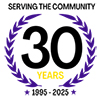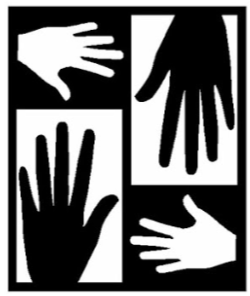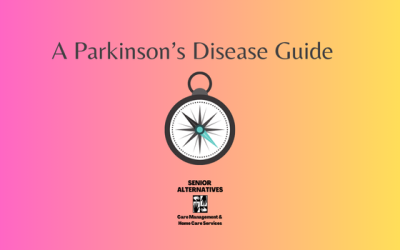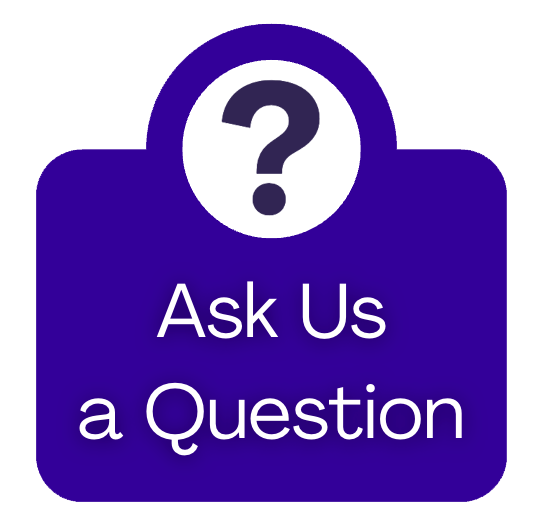October 22, 2015

Strokes are the fourth cause of a death in America, and a leading cause of adult disability. A stroke occurs when a blood clot blocks an artery or a blood vessel breaks, disrupting blood flow to an area of the brain. Stokes can vary greatly in severity depending on the area of the brain affected.
Symptoms of a Stroke:
- Sudden numbness, weakness, loss of movement ability in your face, arms, or legs. These symptoms will usually happen on only one side of your body.
- Vision changes and sudden trouble speaking or understanding conversation.
- Problems walking, keeping balance, and depth perception.
- A sudden, severe headache that is more intense and different from other headaches.
Although the above symptoms are the most common signs of a stroke, it has been reported that some women report slightly different symptoms. These include:
- Sudden shortness of breath.
- Sudden face and limb pain and discomfort.
- General weakness.
- Nausea.
Act F.A.S.T
Every minute counts for stroke patients. There is a common acronym in the stroke community to help assess a possible stroke victim:
If you think someone may be having a stroke, act F.A.S.T. and do this simple test:
F – Face: Ask the person to smile. Does one side of the face droop?
A – Arms: Ask the person to raise both arms. Does one arm drift downward?
S – Speech: Ask the person to repeat a simple phrase. Is their speech slurred?
T – Time: If you observe any of these signs, call 9-1-1 immediately.
Senior Alternatives Care Management and Home Care is here to answer your questions about emergency protocols for stroke victims, and how to continue a healthy and full life style after a stroke.
Strokes are the fourth cause of a death in America, and a leading cause of adult disability. A stroke occurs when a blood clot blocks an artery or a blood vessel breaks, disrupting blood flow to an area of the brain.
Related Articles
Understanding Parkinson’s Disease
April is Parkinson’s disease awareness month, with that in mind we put together a blog
A guide to effectively enhance, remodel or retrofit homes and environments for older adults.
This week, we created a guide on how to accommodate a home or environment for older adults, especially people with memory loss which can be vital for their comfort and well-being. Whether the memory loss stems from conditions like Alzheimer’s or short-term impairments, retrofitting a home can significantly enhance safety, accessibility, and overall quality of life.
Celebrating Leadership & Legacy on International Women’s Day
Today, in honor of International Women’s Day, we celebrate by sharing the story of our very own Executive Director, Tanya Trapani, MBA.





